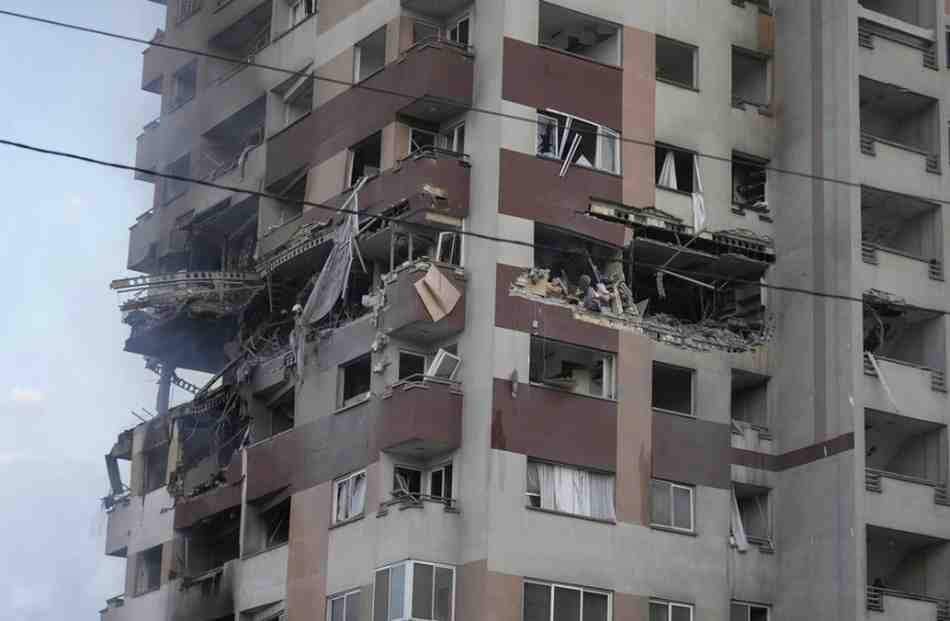In a significant escalation of tensions between Israel and Iran, the Israeli military launched a large-scale operation, dubbed “Operation Rising Lion,” targeting the country’s nuclear and military installations. According to reports, over 200 Israeli fighter jets participated in the strikes, hitting more than 100 targets across Iran.
Details of the Attack
The operation, which was carried out by the Israeli Air Force, targeted key nuclear and military facilities, including the Natanz nuclear enrichment site. Witnesses reported black smoke rising from the facility following the strikes. The Israeli military announced that it had successfully destroyed numerous radar installations and surface-to-air missile launchers in western Iran.
Israeli Prime Minister Benjamin Netanyahu announced the operation, declaring that Israel would persist “for as many days as it takes” to neutralize the perceived Iranian threat. In a video statement, Netanyahu detailed the scope of the strikes, confirming attacks on Iran’s primary nuclear enrichment facility at Natanz and critical components of its ballistic missile program.
Casualties and Damage
The strikes resulted in the deaths of several high-ranking Iranian military officials and six nuclear scientists. The Israeli military confirmed that the chief of staff of the Iranian Armed Forces, the commander of the Revolutionary Guards, and the commander of Iran’s Emergency Command were among those killed.
Iranian Response
Iran retaliated to the strikes by launching numerous drones toward Israel, while Supreme Leader Ayatollah Ali Khamenei issued a stern warning of “severe punishment.” The Iranian government has vowed to take revenge for the attacks, escalating tensions between the two nations.
International Reaction
US President Donald Trump stated that he had prior knowledge of Israel’s strikes on Iran, emphasizing that Iran must not acquire nuclear weapons. However, US officials emphasized that the operation was carried out solely by Israel, with the US denying any involvement. “We are not involved in strikes against Iran and our top priority is protecting American forces in the region,” said US Secretary of State Marco Rubio.
Analysis and Implications
The operation’s success largely hinged on a sophisticated deception strategy, with Israeli authorities deliberately misrepresenting a crucial security-cabinet meeting as focusing on Gaza hostage negotiations. This misdirection was designed to catch Tehran off guard, and Israeli defense officials believe this element of surprise significantly enhanced the operation’s effectiveness.
The strikes may have bought Israel valuable time in addressing what they perceive as Iran’s advancing nuclear capabilities. However, the situation remains volatile, with Iran vowing to retaliate for the attacks. The international community is closely watching the developments, with many leaders urging restraint and caution.
Key Highlights of Operation Rising Lion
- Number of Israeli Jets Involved: Over 200 Israeli fighter jets participated in the strikes.
- Targets Hit: More than 100 targets were hit across Iran, including nuclear and military facilities.
- Casualties: Several high-ranking Iranian military officials and six nuclear scientists were killed.
- Israeli Prime Minister’s Statement: Benjamin Netanyahu vowed to persist “for as many days as it takes” to neutralize the perceived Iranian threat.
- US Stance: The US denied any involvement in the operation, prioritizing the protection of American forces in the region.








